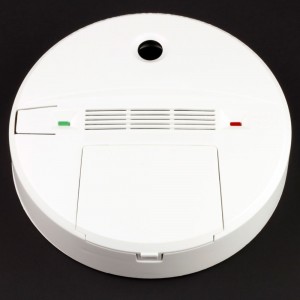Every year, roughly 15,000 people visit emergency rooms due to carbon monoxide poison. In addition, there are approximately 500 deaths every year. This is truly a silent killer, but avoidable. What can you do to keep your home safe and avoid subjecting your family members to carbon monoxide poisoning?

- If you have a fireplace, be sure to have it inspected every year before the fall, when it will be used as a heating source on a regular basis. The inspector will check for creosote buildup, which is also flammable, as well as the chimney and flue integrity and blockages of the chimney.
- When your fireplace is in use, make sure the flue is open. The fireplace should NEVER be in use without the proper ventilation.
- If you do not already have carbon monoxide detectors in the home, have them installed. If they are already in place, check them during daylight savings time to ensure they are working properly and the batteries are still charged. Associating regular maintenance with moving the clocks up and back will create a routine.
- Have a licensed and certified technician check all of your heating appliances once a year. Make a note to have this done when you schedule your chimney cleaning so everything needed for winter heating is on the same schedule.
- If a vent pipe is damaged, it should be replaced. Temporary patch jobs can lead to a carbon monoxide buildup within the home.
- Do not use portable gas heaters or stoves within the home. They should only be used outdoors as directed.
- If you have an auxiliary generator, it should be located outside, near a window, or have its own ventilation system in place.
- When you bring your car in for its yearly tune up, instruct the mechanic to specifically check the exhaust system. If the exhaust is not functioning properly, there could be a buildup inside the vehicle when it is operating.

Recent Comments